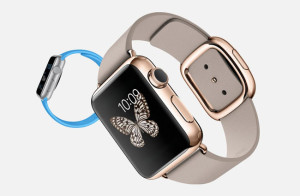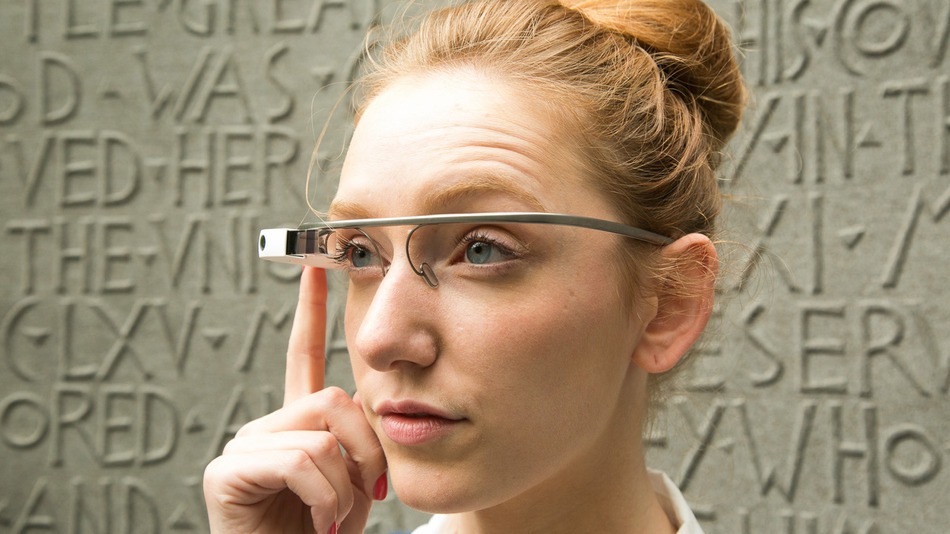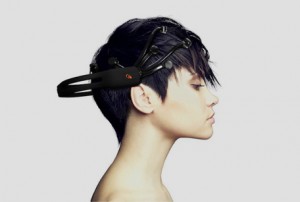Wearable technology, including eyeglasses, hearing aids and the calculator wristwatch, have come a long way since first imagined decades ago. Today, an abundance of ideas on how to enhance and augment everyday activities has led to a new surge in wearable products, with one in six consumers currently using a form of the technology – a number that is rising fast. Wearables are set to reach $3-billion dollars in sales in 2014.
Look up “wearable” on a crowd-funding site like Kickstarter and you’ll find hundreds of projects ranging from monitoring your baby’s sleep patterns to storing data on your body to tracking UV exposure. The wearable industry has also dominated news for some of the world’s largest brands, including Samsung, for its Gear S, and Apple, for the Apple Watch.

Even Louis Vuitton is trying to get in on the wearable market by providing a stylish luxury alternative to the smart watch.
Brands and agencies alike should always be on top of evolving platforms. So as this burgeoning field grows ever more rapidly, here are the most applicable things to know about how we can use wearables to communicate:
Higher Engagement. Wearables technology users are more engaged.

The first Google Glass users now browse the Internet 135 per cent more. That’s higher than the 38 per cent browsing increase for mobile adopters and 29 per cent increase for tablets. The opportunity? At the very least, more browsing means more data on habits, preferences and interests. Then, enabled with that data, advertisers can offer a softer, more subtle push for the most direct products and services to that individual.
A multi-channel approach. Most wearables will use computer or mobile dashboard interfaces, meaning that any communication put forward through a wearable device should be a completely transferable medium across everything a consumer uses to access data on his device. The opportunity? The ability to target audiences with highly adaptable messaging. More access points to the end-user mean more opportunities to find a type and format of messaging that is most effective to that individual.
Endless data. In a recent study, 60 per cent of respondents said they were willing to share personal information with their favourite brands, but anonymously. About 40 per cent of millennials even reported they’d be willing to share their information with the government. The privacy debate over data has just begun, and will likely last for as long as health, demographic, and other data is being collected. The opportunity? For trusted brands who can do so honestly and transparently, capturing an audience’s data can provide key insights not only about that individual, but also about that segment or target group. Because wearables are used in a passive way, the technology doesn’t have to rely on users to actively focus on their devices or even remember they are using them. This allows for 24-hour-a-day connectivity – more than any other platform can offer.
Decentralization. Although tech giants like Apple and Samsung get a lot of press for their devices, in 2013, Fitbit, Jawbone and Nike represented 97 per cent of all smartphone-enabled activity trackers sold. The proliferation of crowd-funded manufacturing dollars, entrepreneurship, and creative solutions create a wearables market that is decentralized in its youth. The opportunity? Smaller companies that are not yet acquired may represent a virgin territory of marketing opportunities, where no partnerships or exclusivities yet exist. The wearables platform can therefore claim more flexibility for brands than others.
It’s important to stress that this industry is still very new. The powerhouses that will rule in the future are likely still unknown – their founders haven’t met each other, and the world doesn’t know their names.

Growth will be accompanied by change, but both will offer significant new opportunities on frontiers that marketers haven’t yet seen. Imagine running a focus group and comparing self-assessment with non-invasive, real-time neural scans? Or pushing ads to mobile for local juice bars based on a runner’s route? That and so much more is available in the wearables market – for those who can understand and manoeuvre it.